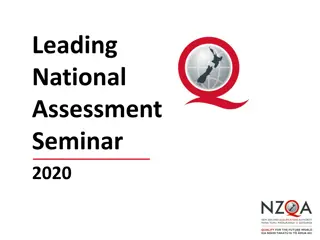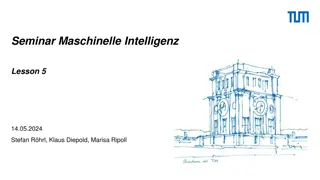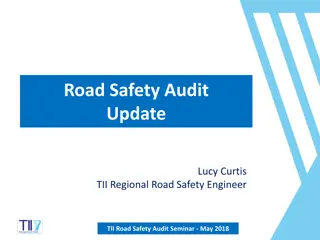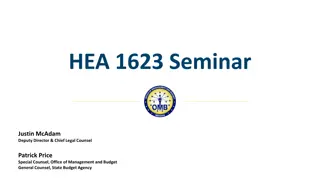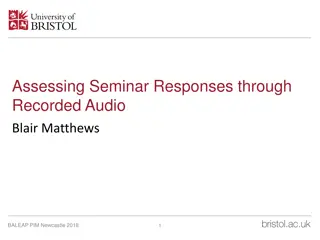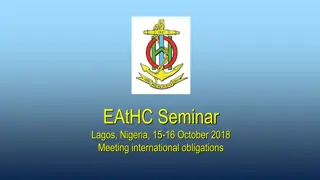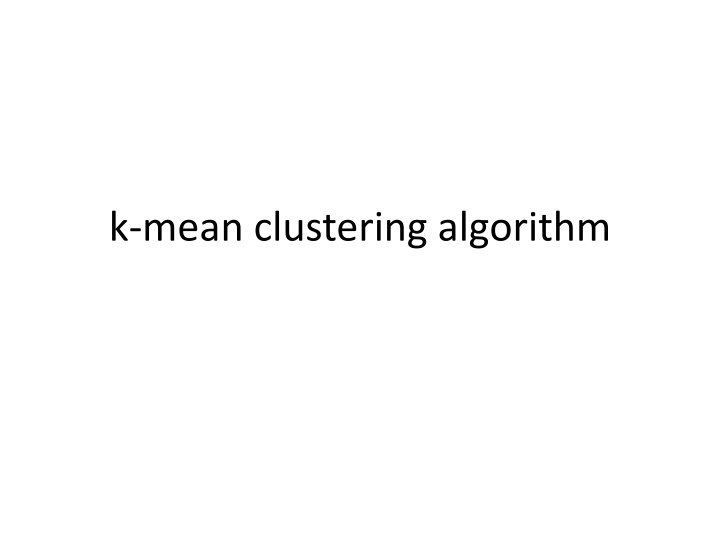
Comparing Clustering Algorithms and Distance Metrics in Machine Learning
Explore the k-means clustering algorithm and other prominent techniques in machine learning. Dive into the similarities, differences, advantages, and disadvantages of algorithms like k-means++, canopy clustering, and farthest-first clustering. Learn about essential distance metrics such as Euclidean and Manhattan distances impacting clustering outcomes.
Download Presentation

Please find below an Image/Link to download the presentation.
The content on the website is provided AS IS for your information and personal use only. It may not be sold, licensed, or shared on other websites without obtaining consent from the author. If you encounter any issues during the download, it is possible that the publisher has removed the file from their server.
You are allowed to download the files provided on this website for personal or commercial use, subject to the condition that they are used lawfully. All files are the property of their respective owners.
The content on the website is provided AS IS for your information and personal use only. It may not be sold, licensed, or shared on other websites without obtaining consent from the author.
E N D
Presentation Transcript
The k-mean clustering algorithm is one of many clustering algorithms used in machine learning. Each algorithm has advantages, disadvantages, and specific applications. In this section, we'll look at the similarities and differences between the k-mean clustering algorithm and other prominent clustering techniques.
Random clustering Algorithm ? 2 min?????? ?? ?=1 k-means++ clustering Algorithm 2 ??= ????:1 ??? ??
Canopy Clustering Algorithm 1. Stage 1: Use a "unexpansive" distance measurement to approximately divide the data into overlapping subsets known as canopies. This is done using two thresholds, T1 (the loose distance) and T2 (the tight distance), where T1>T2. 2. Stage 2: Perform elaborate clustering inside each canopy by using an "expensive" distance measurement.
Farthest first clustering algorithm : ? ?,? = ???? ?,? ??(?,?) (?,?) represents the distance between the elements ? ? and ? ? . ? and ? represent two groups of items (clusters).
Distance Metric: The distance captures a resemblance. Distance metrics are used by clustering algorithms such as K-means clustering to quantify the similarity between any two data points. Choosing the type of distance metric has a significant impact on the clustering outcomes.
Euclidean distance: ? (??? ???)2 ???= ?=1 Manhattan Distance: ? ?????,? = ?? ?? ?=1


